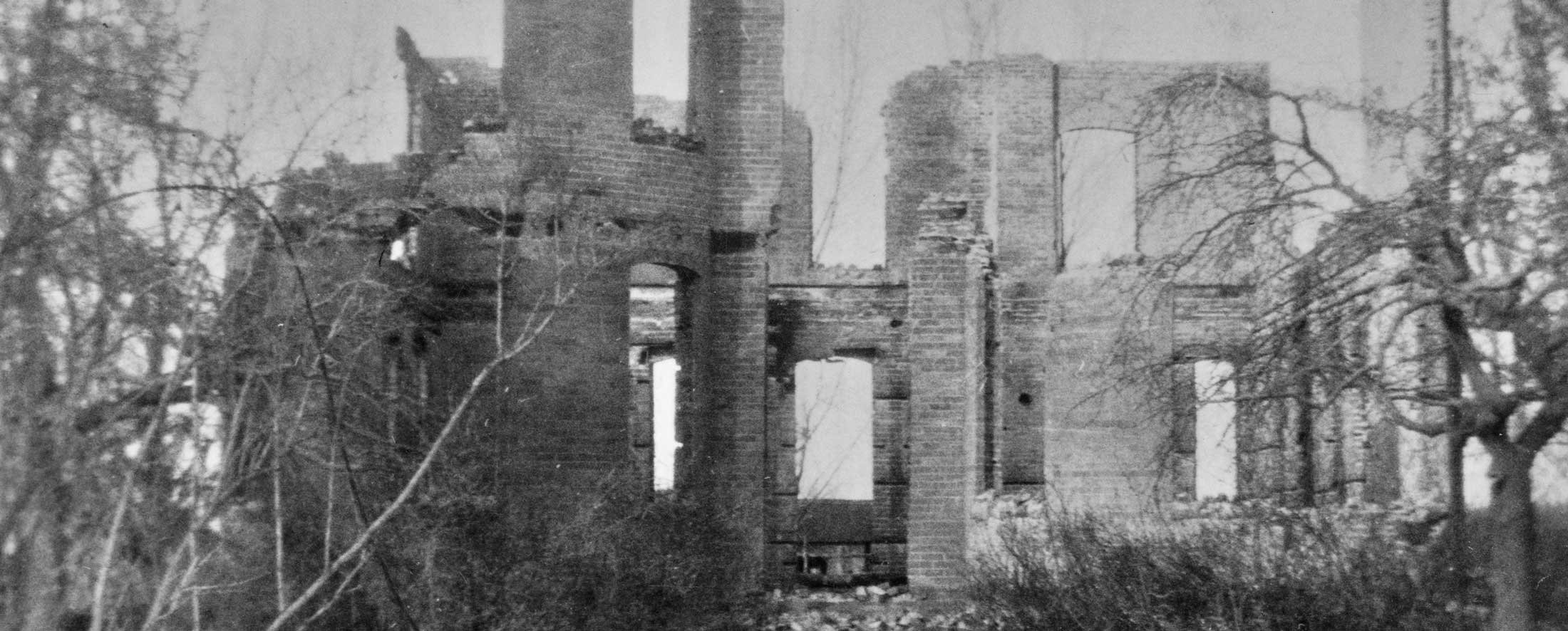
GHOSTS
Tables tip and tables walk. Chairs shift with no one in them. Doors swing open and will not stay shut. The curtains move, spread apart. A pillow flies through air. The mattress is folded in half, the chair upon the bed. When the body of the other stops playing with the furniture, it enters your body instead, moves through you, through your hands. The ghost speaks thoughts that are not your thoughts. The ghost is a body you did not see.


Populists found their way to spiritualism, perhaps for many of the same reasons that other people had—it offered a rejection of the hierarchical order, especially that imposed by Christianity. But spiritualism, it seems, appealed to white Populists for other reasons as well, reasons having less to do with class and religion, and more to do with race and nation.
We have taken possession of the land of the Indian; we have dispossessed him of his home, Omer Kem had admitted in his first Congressional speech. However, rather than attempting to redress this injustice, to heal this wound, he imagined the spirit of an Indian healer, “Fleet Wind,” entering and moving through his own body to heal him and his loved ones of whatever illnesses befell them. In this blatant act of appropriation, this ongoing indulgence of “red-face” lies the settler’s guilty desire for forgiveness.
But it’s more than that. Populism arose out of a condition in which the settler-farmer was deeply insecure in his relation to the land, which was nonetheless the foundation of his identity (and his survival). Indians, as people like Omer knew very well, had a legitimate claim to that land, which no settler could ever duplicate. “Playing Indian,” then, was one way to get closer. As Philip J. Deloria puts it, “Indianness has, above all, represented identities that are unquestionably American.” But if the Indian-within became a proxy for legitimate belonging, it also provided the white “medium” another opportunity for power and control.
Are all stories ghost stories?
All memories?
If we invent these spirits that nonetheless alter our lives in large and minor ways, why do we invent them? What is it we want from our ghosts (our memories, visions, dreams, stories) and what do they want from us?
“The Haunted Camera” (Mary Kem, Medford, 1930)
More than thirty years after Omer Kem announced himself a spiritualist, the family’s fascination with ghosts and spirits continued. This film, “The Haunted Camera,” is made by Omer’s granddaughter, Mary Kem.
I had made a private vow: I would dig down into this American story, get to something buried underground, some original seed of violent exclusion, of bitter rage and barrier; I’d dig it out and maybe eat it, as if I were a demon or a dog.
The image of digging for answers in the dirt came to me suddenly—and as suddenly, I knew it was wrong. The thing that seemed to be buried underground was not in the least buried. It was right here in the open, everywhere I looked.
History dissipates through the air, enters our bodies, makes us who and what we are. But we might not see it unless we see how it makes things move, might not feel it except in moments of great duress or quietness, when we sense ourselves to be breathing.
Five years into the writing of this book, I found a new image. It came to me in a dream. I was walking toward a group of young people, maybe my children, maybe other people’s children. I was holding something small and hard in my hand, like a stone. It’s my manuscript, I said; I was looking for a safe place to put it. But they laughed at me. Don’t you know you don’t need that thing anymore?
It’s in your whole body now.
It’s in your whole body now.

